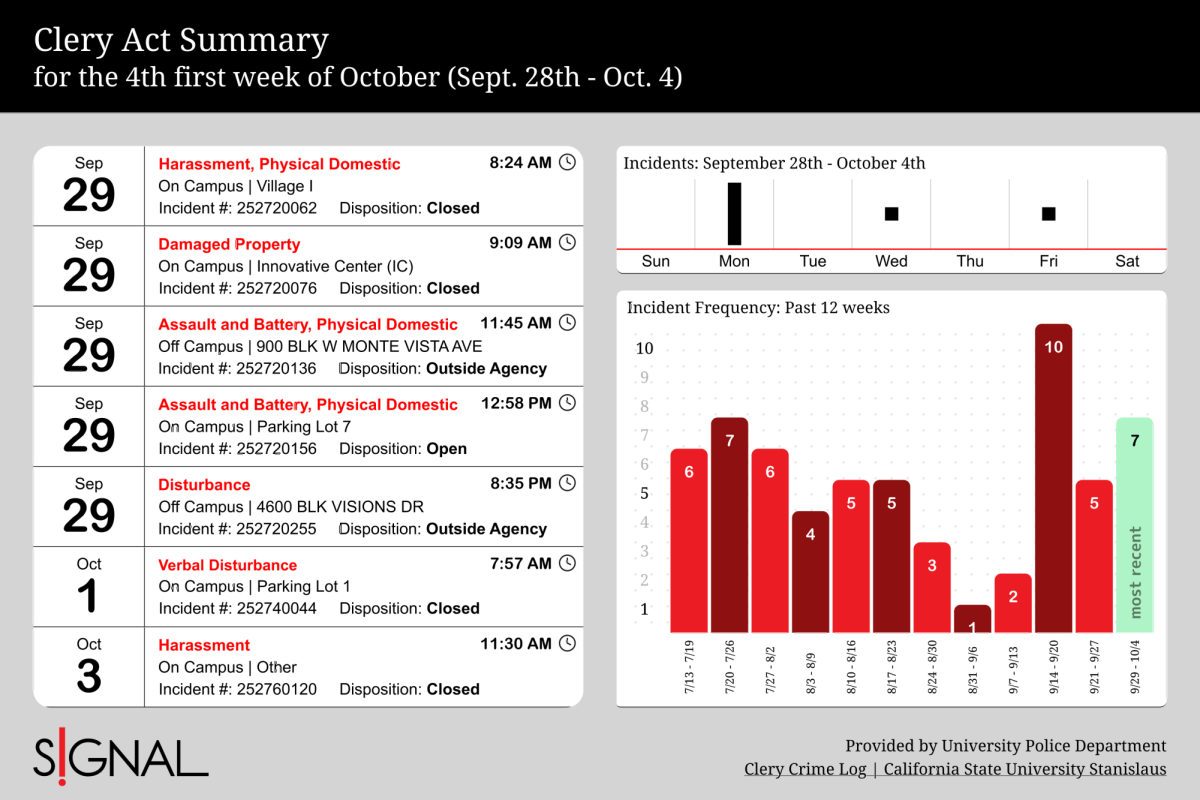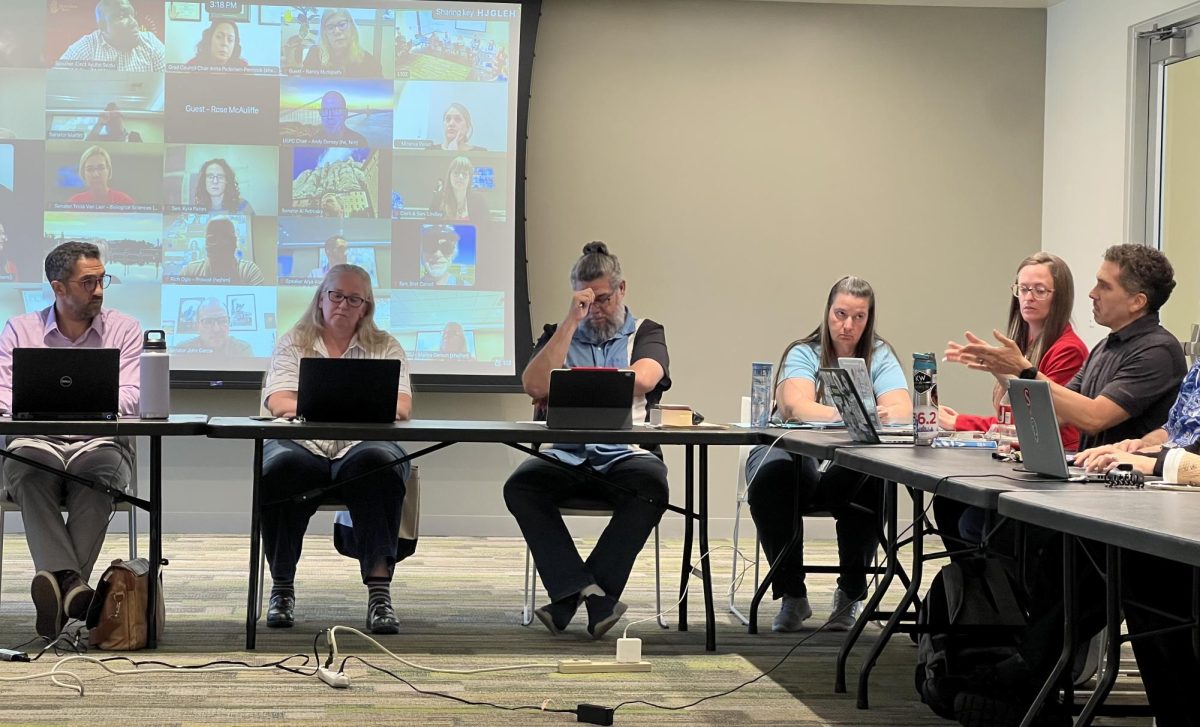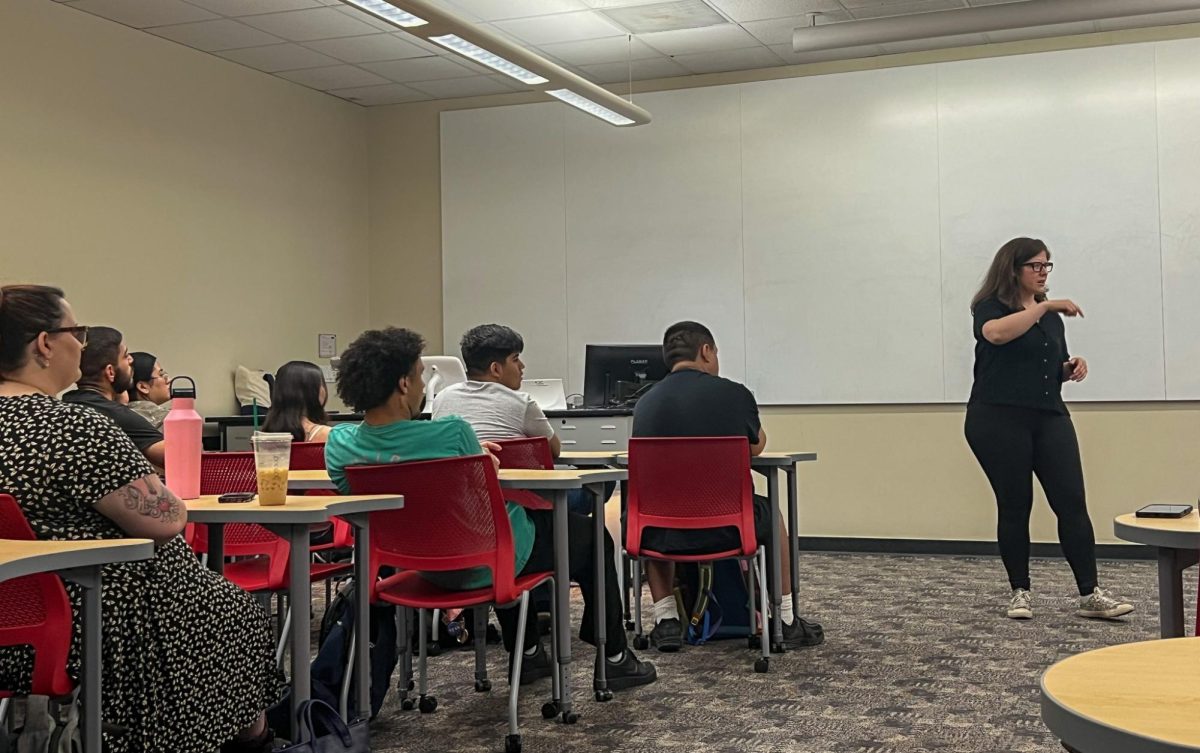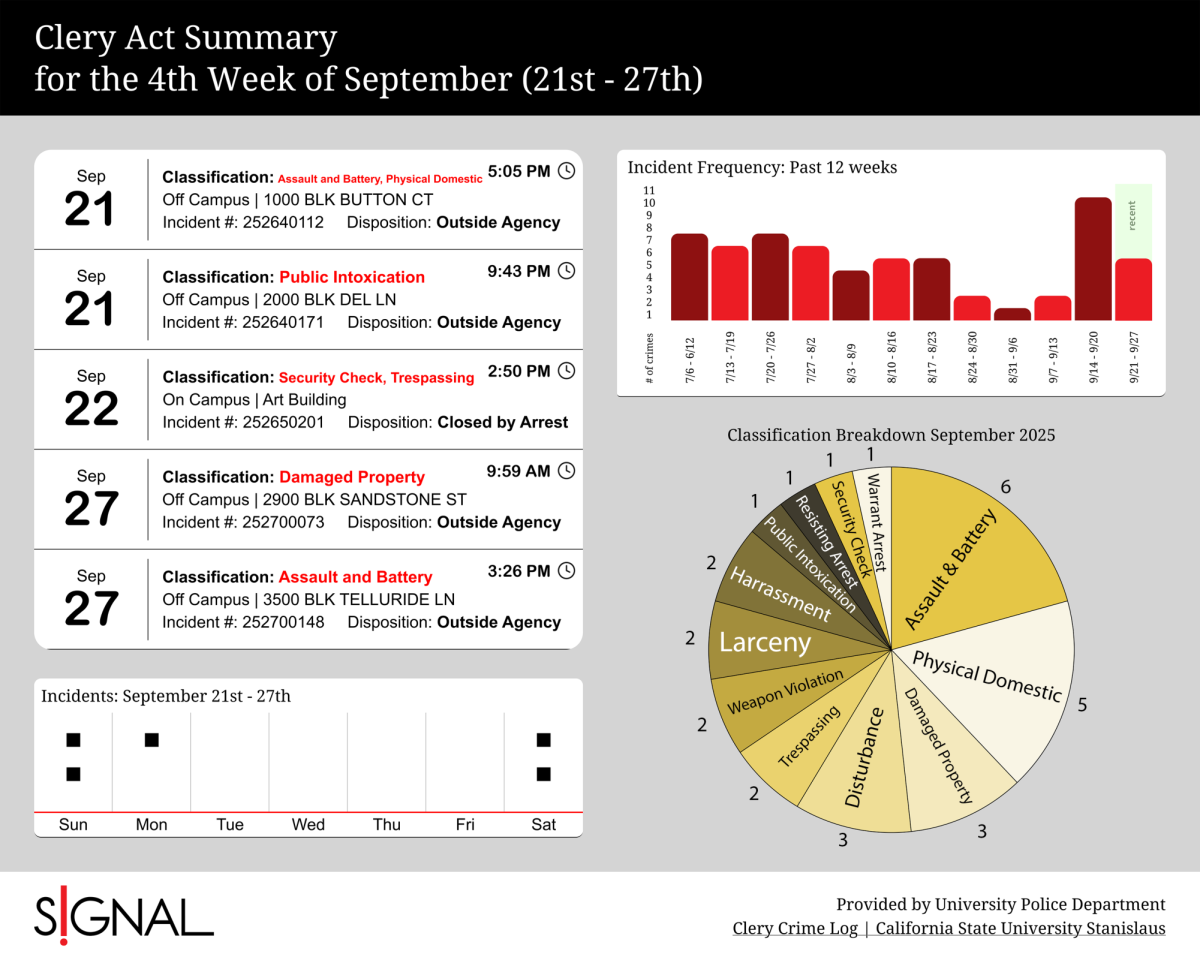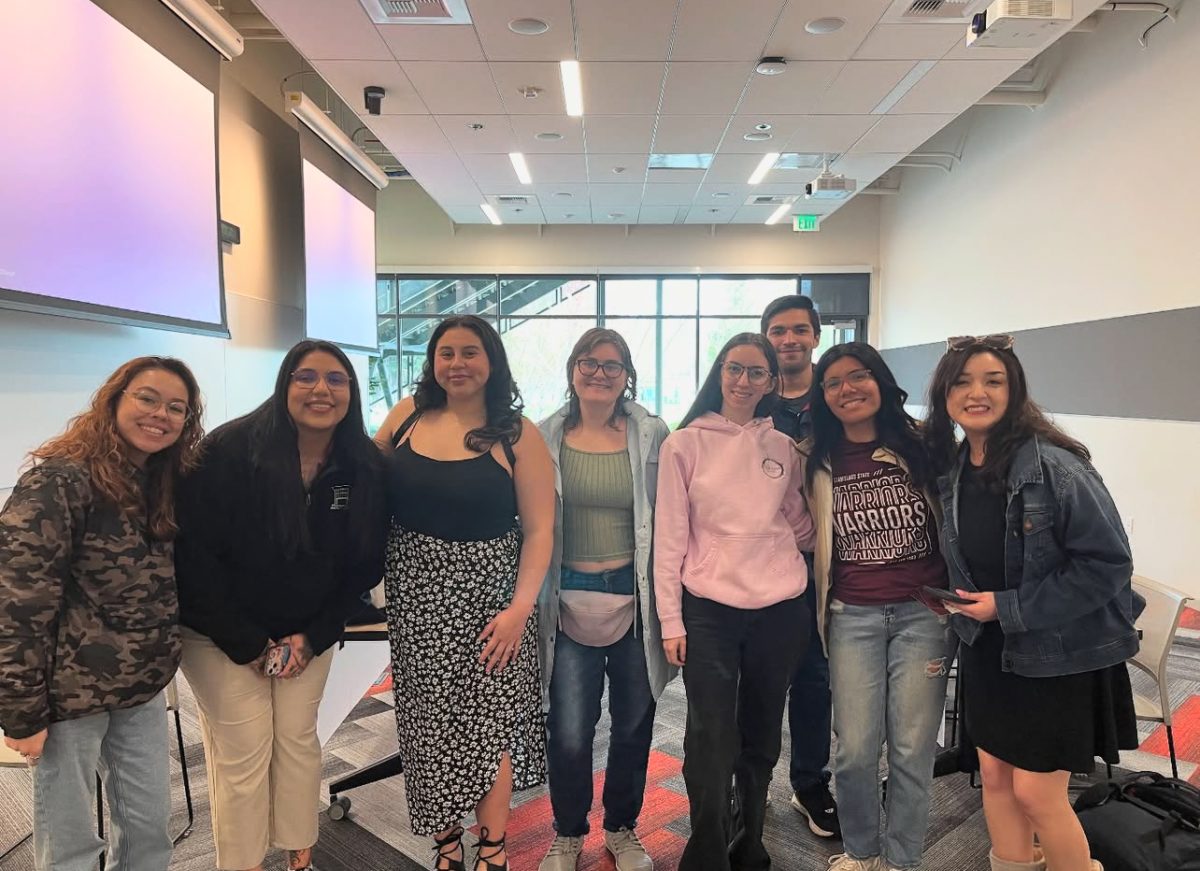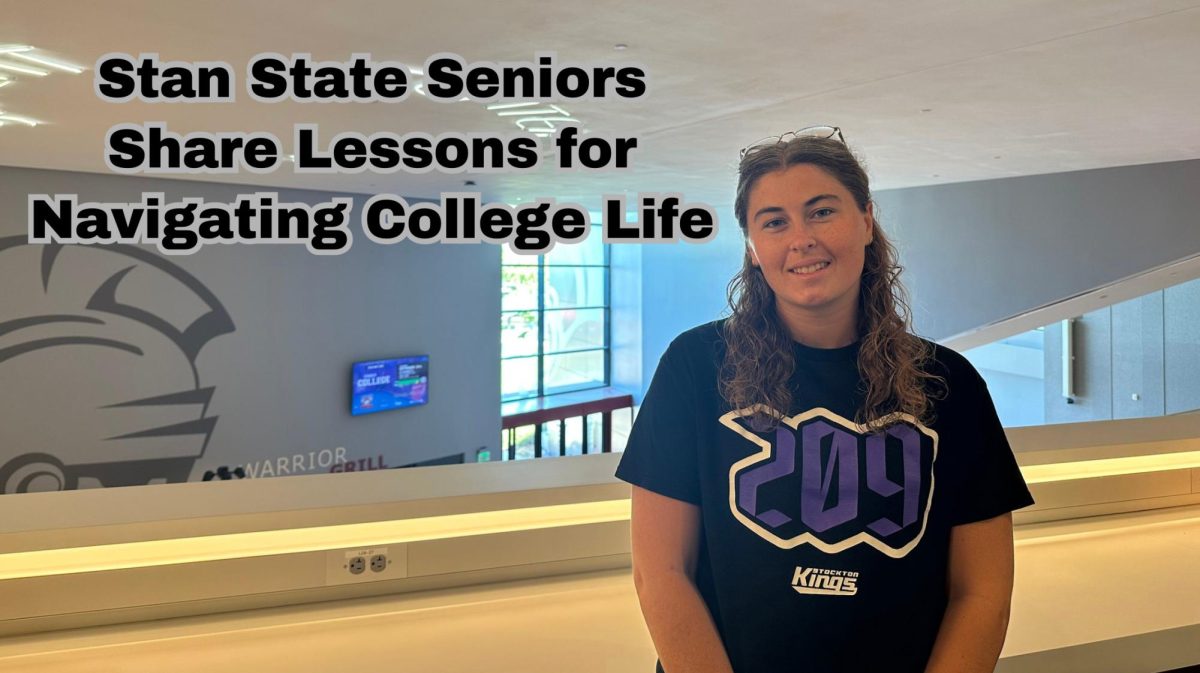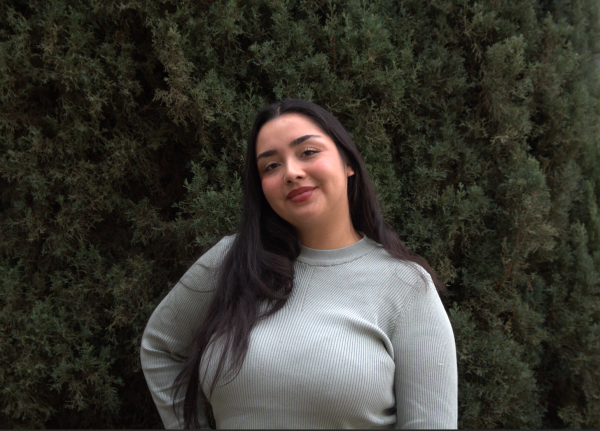Transferring to a new university can be a major change for many students, but Stanislaus State works to make the transition as smooth as possible. According to CampusReel.org, 42% of the entire student body at Stan State are transfer students. Thousands of applicants apply each year, making Stan State a popular choice. In 2022, the transfer acceptance rate was 57.8%, meaning 2,082 out of 3,602 applicants were accepted.
Ila Moore, a graduation specialist for the College of Arts, Humanities and Social Sciences, aims to facilitate the transfer process for as many students as possible. Her experience as a grad specialist and a former academic advisor allows her to help students transfer their course credits and choose the classes they need to graduate.

“The transfer process has gotten smooth; the transition has become a lot easier with everything being online now. The process is even easier for students coming from feeder schools like Modesto Junior College, Merced College and San Joaquin Delta College because a lot of their courses already come over without having to manually change anything.” says Moore.
Once transfer students are enrolled, they may run into some advising differences from what they have experienced before.
“I think the biggest challenge for our transfer students is adjusting from the community college process to a 4-year university process,” Moore says. “Our advising model is different from community colleges.
“In community college, students usually rely on a counselor to create an entire education plan for them,” Moore continued. “At Stan, we want our students to meet with an advisor, either an academic advisor, major advisor or an academic specialist once a semester to plan the upcoming semester. We rely more on degree progress for students to have autonomy and responsibility over the remainder of the degree.”
Moore also recalls that some students begin to miss their hometowns after a couple months of transferring.
“I have had some students who are not local to the Central Valley say that they are homesick, and they have asked how to alleviate some of that homesickness as far as getting involved with clubs, athletics and community involvement,” she says. “I feel that we do have a culture at Stan where if people want to seek out engagement they are able to.
“I always promote Greek life because I was in a sorority on campus, Alpha Xi Delta.” Moore added. “That was a positive experience for me as a transfer student because I was looking to be involved and make friends. That was a really great way that I did make friends, because once you join a sorority you automatically have 80 friends.”
Besides the campus culture Stan State has to offer, a lot of students transfer because Turlock is a much smaller town than what they are used to and students desire a close-knit experience.
“Some students are used to going to a school that is highly impacted,” Moore says, “There are students coming out of your ears, and then they come to Stan and it has more of a slower pace. Some transfer students just want to experience something new. A lot of transfer students from Southern California want a slower paced life. They want a campus where there’s a smaller student to professor ratio and to get more of a one on one experience rather than a full lecture hall full of students.”
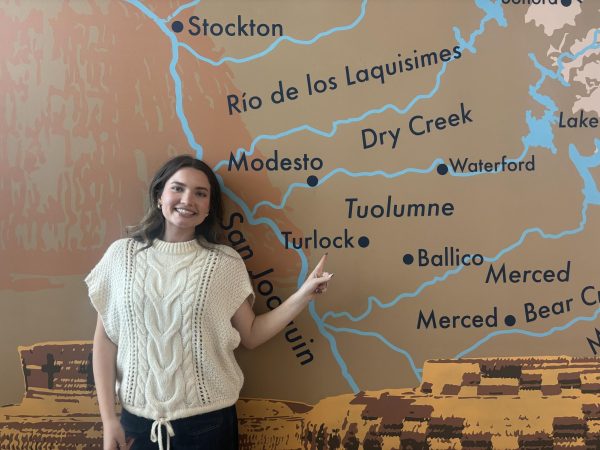
Ella Adams (Senior, Psychology) is a transfer student from Washington State University. While she enjoyed experiencing huge lecture halls filled with hundreds of students, she felt as if she was slipping through the cracks academically.
“I had a lot of issues with general academics and counseling. It also just became too expensive with out-of-state travel costs.” says Adams.
She ended up deciding that Stan State was a better option academically and financially.
The cost of an out-of-state college can be overwhelming for students, and Adams wanted a school that offered quality advising.
“Ms. Moore has helped me with the graduation process as a transfer student,” Adams says, “She has helped me understand which classes transfer over from Washington and which ones I need to take in order to satisfy the credits! She has been super helpful, especially when compared to my experiences with past general advisors.”
Bria Uribe (Senior, Communications) decided to transfer to Stan State after attending UC San Diego (UCSD). While Uribe appreciated the variety of classes, amenities like the Esports Lounge and the variety of food options at UCSD, she found drawbacks in attending a school with such a large student population.
Uribe’s biggest concern was the housing situation. UCSD faces a major housing crisis, forcing many students to commute long distances. Some students even drop out because of the lengthy commute and lack of accessible on-campus housing.
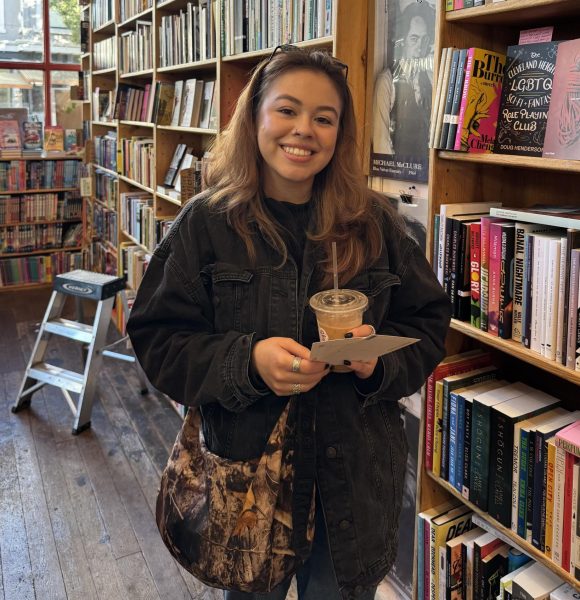
“Everything at Stan is definitely more accessible, and you find that faculty and administration are more supportive on a smaller campus.” she says.
Uribe also mentions that it was more difficult for her to get involved in UCSB’s large campus.
“I have appreciated the accessibility and the support I have gotten here at Stan in order to get more involved and work on my networking skills,” she says, “I have definitely learned a lot about how to communicate with faculty, join clubs and advocate for myself and others while attending Stanislaus.”
Uribe gives some advice to other transfer students who might face the same challenges she did.
“Definitely look into how long the major you are transferring into takes to complete and compare your coursework,” Uribe says. “Be diligent, get a second or third opinion from advisors and counselors. It is also okay to change majors and if you are not happy — there is nothing wrong with changing!”


